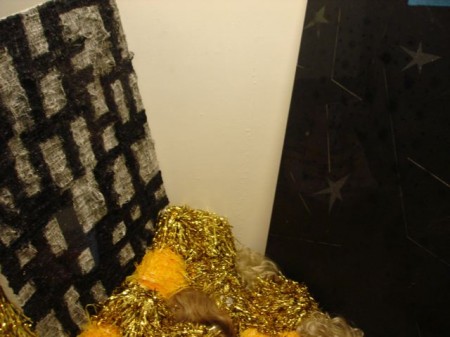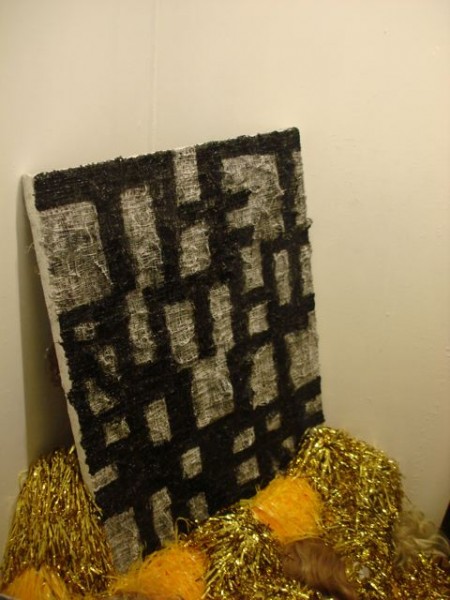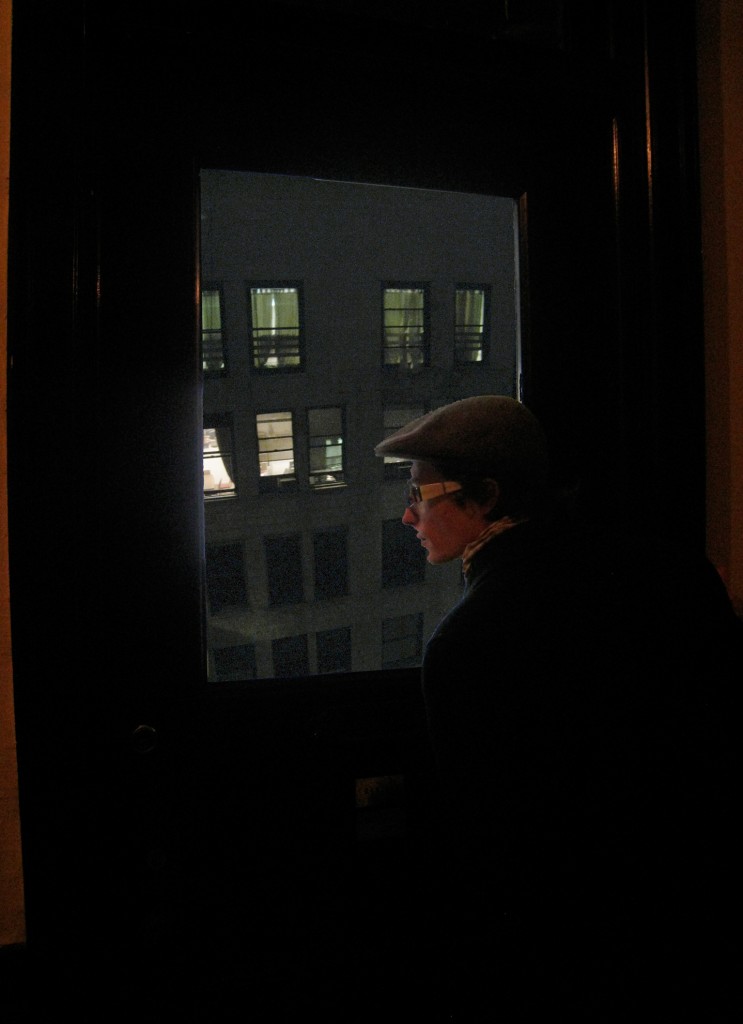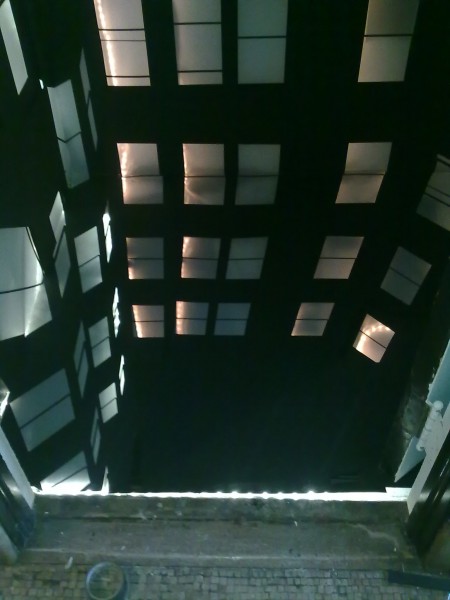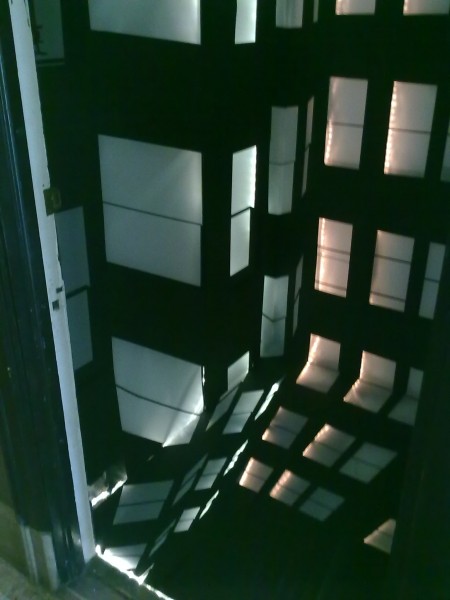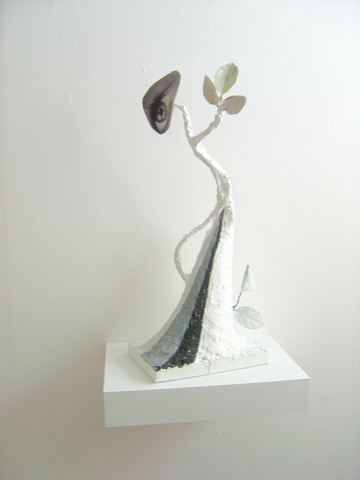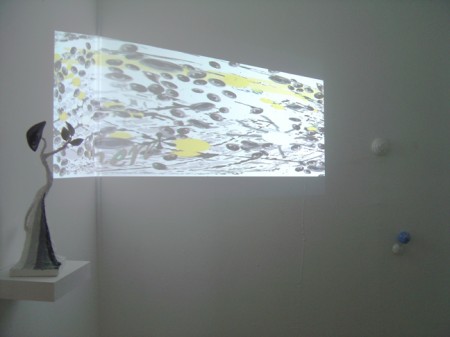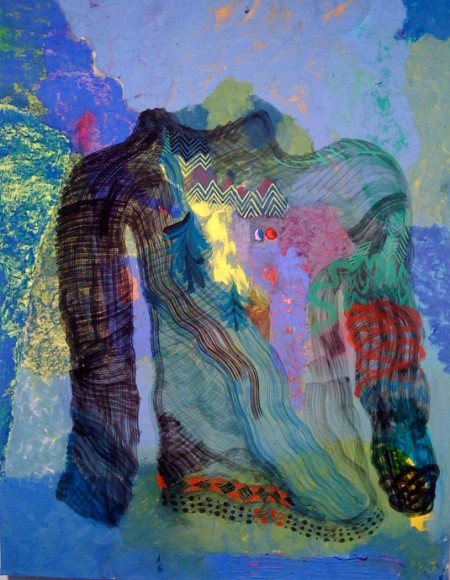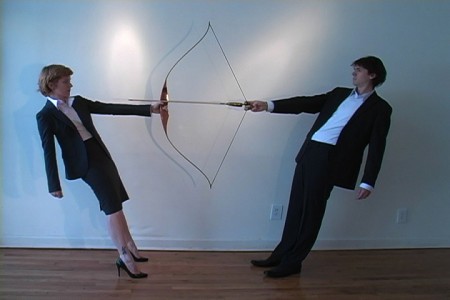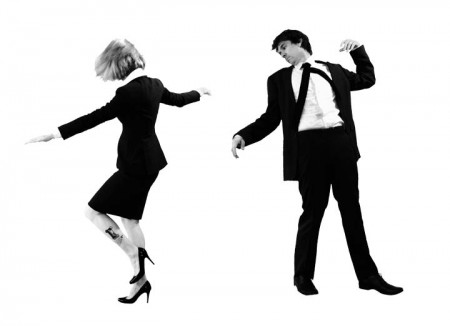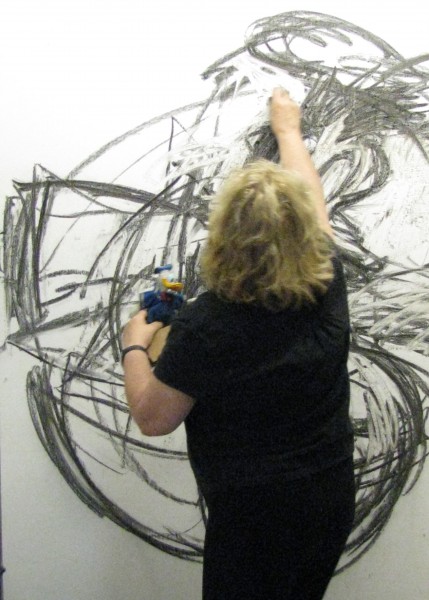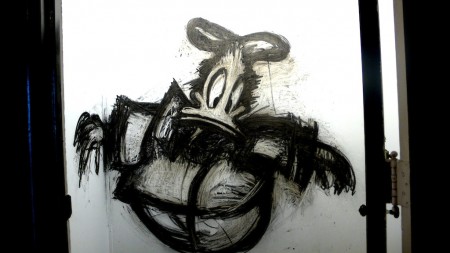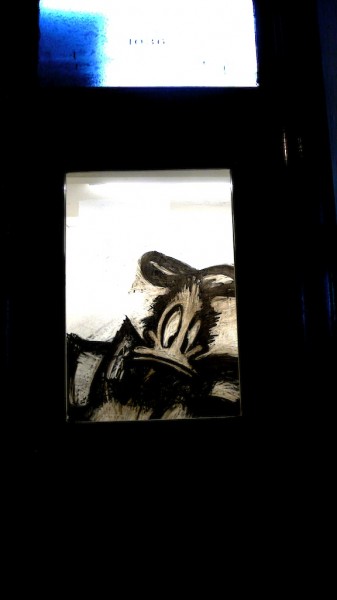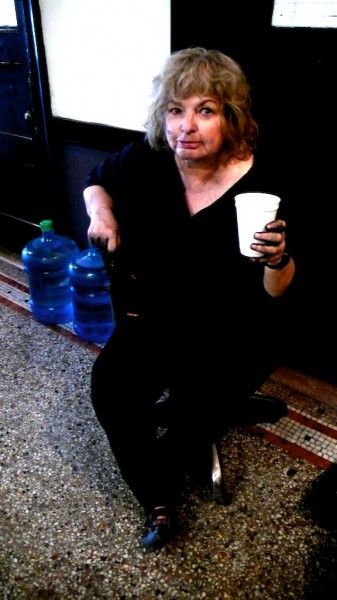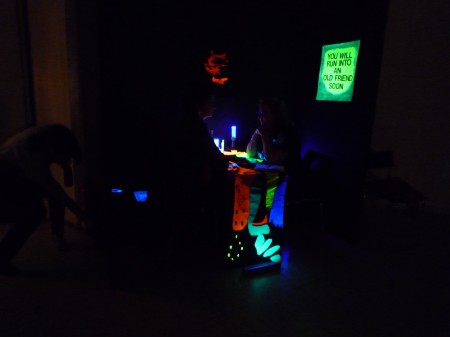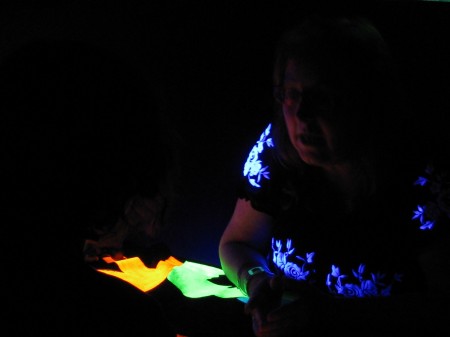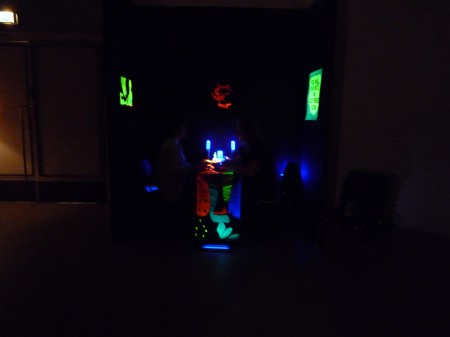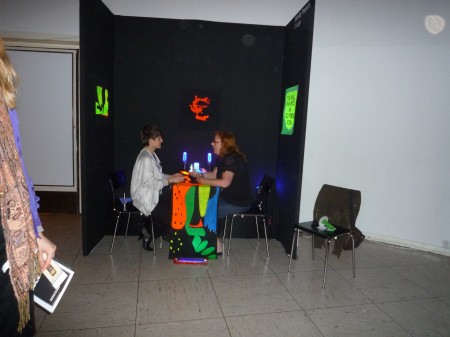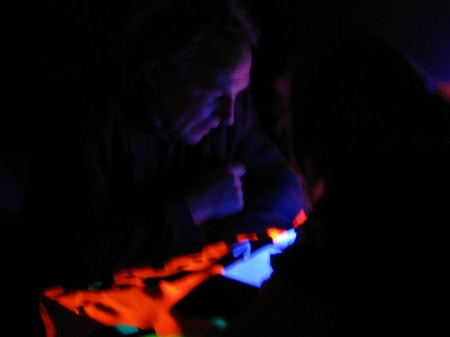Barbara Kasten: Through a Glass Darkly
IN THIS NEW TRANS-MEDIA, SITE-SPECIFIC WORK, KASTEN REVEALS HER RELATIONSHIP TO THE PHENOMENOLOGY OF LIGHT IN THE PROCESS OF IMAGE MAKING.
Friday, October 9- Friday, November 13 2009
For more information about the artist please visit: https://www.barbarakasten.net




SUBCITY PROJECTS, Chicago
Interview with Barbara Kasten by Candida Alvarez.
October 19, 2009
CA: Can you speak on your relationship to formalism? How has your definition changed since you began working in the 70’s??
BK: I am skirting the edges of formalism…a purposeful direction.
Early on I relied on it in the 70’s. Now I use it, but I break it down and use it in a different way. There is formalism in the placement of forms in this installation, however, the video itself is a ‘close-up’ of the plastic I photograph and the stills pulled from the video are a result of examination of the material. The emphasis is on materiality combined with the illusion of form. I see it as a purposeful direction to deconstruct the formal aspect of my work.
I’m using this piece to explore some of my thoughts about the combination of formalism and content. The use of the rectangular dimension of the projection changes into an irregular shape as the moving image is projected on an angle and into a corner. The moving line flattens the corner momentarily as it moves across and then moves on to deposit itself in the photograph on the facing wall. The source of the movement in line and light happens when light reveals the markings of the plastic material. The materiality can only be observed with the projection of light. The deconstruction of the space is also only perceived by the use of the passing light as it rotates from the video. The piece could not exist without the phenomena of light.
I have been changing the piece as I study it. It is an open studio experience and some versions are better than others. At the moment I’m pretty happy with it….it may stay this way a little longer than the last one but I still envision a different ending piece. We may need to keep this up for another week so I can do it.
CA: Can you talk more about your relationship to perception?
BK: My perceptions are a conglomerate of experiences from a variety of interests, media and influences. I have a history as a photographer…. a bootstrap one since I never studied photography. I never think of myself as just a photographer….my background in painting and sculpture influences my choices of mediums and the possible hybrids I can come up with. Magdalena Abakanowicz was my mentor when I was a Fulbright student in Poland. This was the early 70’s. At the time artists were working with non-traditional materials to create sculptural forms in the craft mediums such as weaving. My fiber sculpture experiments lead to photograms, the first form of photography I tried.
It was intriguing to me to see how I could transform the influences of painters and sculptors I was aware of into my own diverse practice. Agnes Martin, Nolan, Stella, Franz Kline are just a few. My time in California in the 70’s connected me to the ‘light’ works of Irwin, Turrell, Bell, Valentine and others whose work reflected the environment of process, illusion and materiality prevalent in the art of the time. In my early photographic work I used geometry as the basis of imagery done in Polaroid, cyanotype or mixed media. I was interested in sculpture, painting, folding screens and lighting. I admired the multiple directions of the Bauhaus pedagogy and the artists like Moholy Nagy whose art reflected those approaches.
CA: Is this your first video piece?
BK: Yes. I started with Polaroid 8×10 to photograph fabrications for the camera. In my recent work I am stepping back into the constructions that began in the 70’s. I have always been driven by the phenomena of light, so photographs were a perfect medium for me. Taking it into video also seems like a good fit for my concerns. Video allows me to activate the geometry I like. But it is not just the movement; the original subject of the video is transformed into a variety of abstract marks like lines. A simple examination of material can perform in an entirely different role as form. And none of it is visible without the use of light.
In this project, ‘Looking through a Glass Darkly’, I am trying to push even further towards the essence of what I’ve been working with for 30 years. The meaning of this title phrase - an imperfect or obscure vision of reality - comes from the Apostle Paul. His writings explain that we do not now see clearly, but at the end of time, we will do so. I liked the mystery and faith of that and since the installation is viewed through a glass window in a door, it seemed appropriate.
